SKS Rennkompressor track pump review
The original SKS Rennkompressor track pump is probably one of the most iconic pieces of cycling kit – but can the reality of using one live up to the expectation?
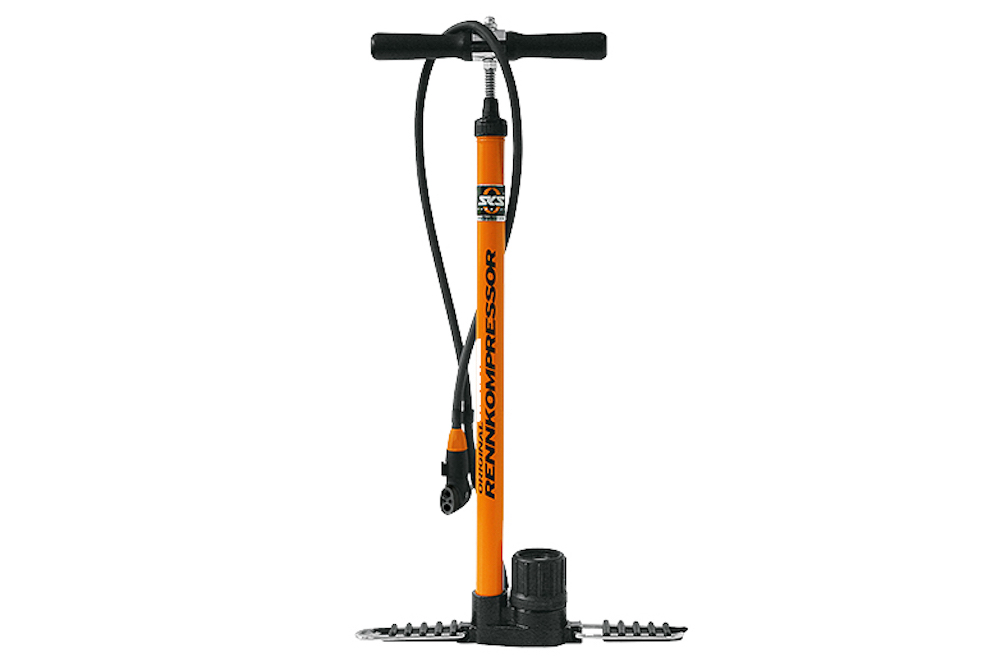
The Rennkompressor is a beautiful and timeless object, an icon without a doubt, but there are more practical more modern ones out there if you're after function and don't care about form.
-
+
Easy push/pull at high pressures
-
+
Capable of over 230psi
-
+
Longevity
-
+
Beautifully handmade
-
+
Four valve connector options
-
+
Four hose lengths
-
+
Spare part availability.
-
-
Narrow floor plate makes for wobbles
-
-
Small pressure gauge
- -
- -
- -
You can trust Cycling Weekly.
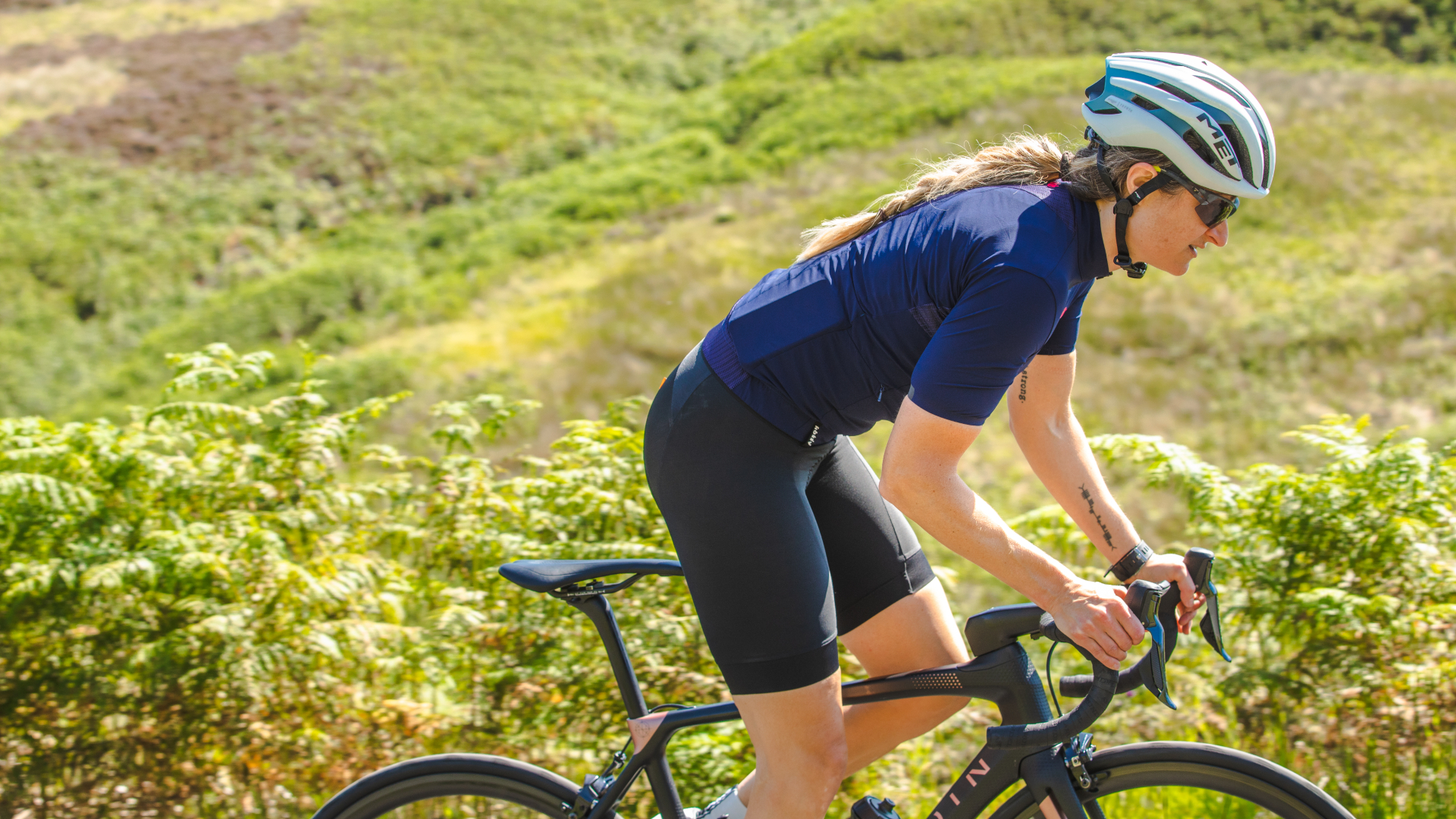
This is not my first dabble with the SKS Rennkompressor track pump. It was known as just 'the track pump' in our house for many years, as it was all we needed, and before that, as my other half reminds me, 'his track pump'.
We've tried to work out the lifespan of the old one, but lost count at around the 25-year mark. It met its eventual demise in a fateful garage flooding around 10 years ago. We tried to save it but the water got in deep, wrecking the inner workings and even splitting the wooden handle.
I realise now we could have probably given it a complete overhaul and replaced more or less everything in spare parts, Trigger's broom style, but hindsight is a wonderful thing.
Form v function
Unpacking the 2018 SKS Rennkompressor track pump not much has changed over the years. At a glance you would struggle to tell the difference between it and the 1966 version. It is, in my humble opinion, still very much a handcrafted thing of beauty. I realise that the aesthetic of a bike pumps isn't going to be everyone's thing, but for me personally I love the industrial look and the Rennkompressor has it in spades.
>>> Tubulars, clinchers, tubeless - which tyre system is fastest?
What's immediately noticeable, if you've ever had the pleasure of handling a Rennkompressor, is the weight. The steel barrel and shaft are still partnered with a cast iron base, making it just over two kilos in weight.
There are four valve head connectors on offer: Multi-valve, Thumb lock, EVA Head and Brass Nipple Connector. We opted for the handy Multi-valve head for ease of use on this test, but I suspect if I were buying for home, my old-school romantic ideals would see me wanting to purchase the Brass Nipple Connector again, even though from memory this wasn't the best at staying put after several years of use and necessitated the one-handed body-pump squat while the other hand held it firmly on the valve.
With the barrel measuring around the 54cm mark, the SKS Rennkompressor is around average height for a track pump, but with foldable feet the pump's overall footprint is on the small side, measuring 35cm by just 7cm when in use, or, with the feet folded up, the base is just 7cm x 13cm with the handle at 25cm its widest point.
Talking of handles, it's nice to see the SKS Rennkompressor track pump still continuing to use a tactile wooden one, which fits really well with the overall concept that everything should wear beautifully. Once it's actually worn out it can, with the loosening of one nut, be replaced.
Compared to modern pumps, the pressure gauge is very small at 5cm across. The pros of this of course allows the overall shape to remain one of the slimmest on the markets; the downside is that it can make precise pressure requirements a bit hit and miss as the dial is too small to be exact – and it takes a bit of squinting to actually read it – and there's no external pressure pointer guide.
The Rennkompressor in use
With all my cooing, it would be easy to overlook the practical aspect of actually using a bike pump. The only truly important aspect of a pump is how it does its job; namely does it connect easily and stay connected, does it leak air anywhere and, finally, how easily does it inflate a road tube?
To give the test a bit of context, I'm using a standard Presta valve tube in a 25mm Continental Grand Sport Race Tyre on a Vision Trimax Carbon 40 wheel.
It took 40 pumps of the SKS Rennkompressor track pump to inflate the tyre from near flat to 100psi.
Since the Rennkompressor's feet are in a single plane at 180°, it lacks a bit of forward/backwards stability in use, but it was still easy to get to 100psi. The actual pressure gauge dial reaches 240psi, which might be slightly optimistic, but I would reckon on 200psi reasonably easily (not that I would like to test on any of the tube/tyre/wheel combos I have access to).
The valve head was easy and quick to attach with zero leakage. It did dawn on me that the Multi-valve head valve connector is on the large size, so it's worth taking it into consideration that if you're using a small wheel with a high spoke count, one of the smaller valve heads might fit easier.
Value
There's no denying the SKS Rennkompressor track pump is at the upper end of the price bracket when compared to other options on the market, but I would certainly look at it as an investment.
Almost any part of the track pump can be replaced and, assuming your garage is more watertight than my old one, you shouldn't need to ever by another in your life time, and it will certainly outlive most bikes if not their owners.

Thank you for reading 20 articles this month* Join now for unlimited access
Enjoy your first month for just £1 / $1 / €1
*Read 5 free articles per month without a subscription

Join now for unlimited access
Try first month for just £1 / $1 / €1
Get The Leadout Newsletter
The latest race content, interviews, features, reviews and expert buying guides, direct to your inbox!
Hannah is Cycling Weekly’s longest-serving tech writer, having started with the magazine back in 2011. She has covered all things technical for both print and digital over multiple seasons representing CW at spring Classics, and Grand Tours and all races in between.
Hannah was a successful road and track racer herself, competing in UCI races all over Europe as well as in China, Pakistan and New Zealand.
For fun, she's ridden LEJOG unaided, a lap of Majorca in a day, won a 24-hour mountain bike race and tackled famous mountain passes in the French Alps, Pyrenees, Dolomites and Himalayas.
She lives just outside the Peak District National Park near Manchester UK with her partner, daughter and a small but beautifully formed bike collection.
-
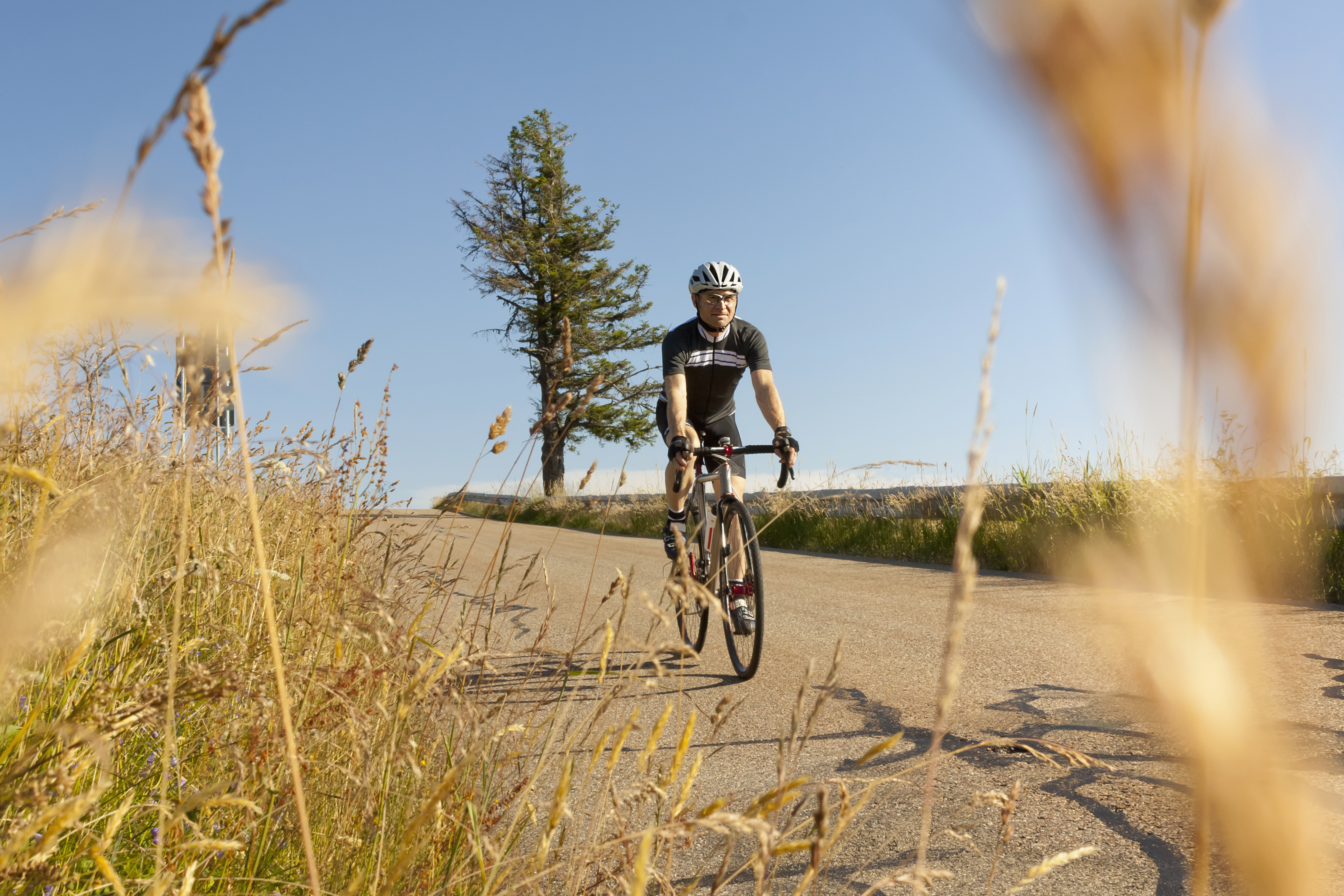 Hayfever and your riding: how to combat it as the pollen strikes
Hayfever and your riding: how to combat it as the pollen strikesExplanations, medications and holistic measures to make your spring and summer riding more enjoyable
By James Shrubsall Published
-
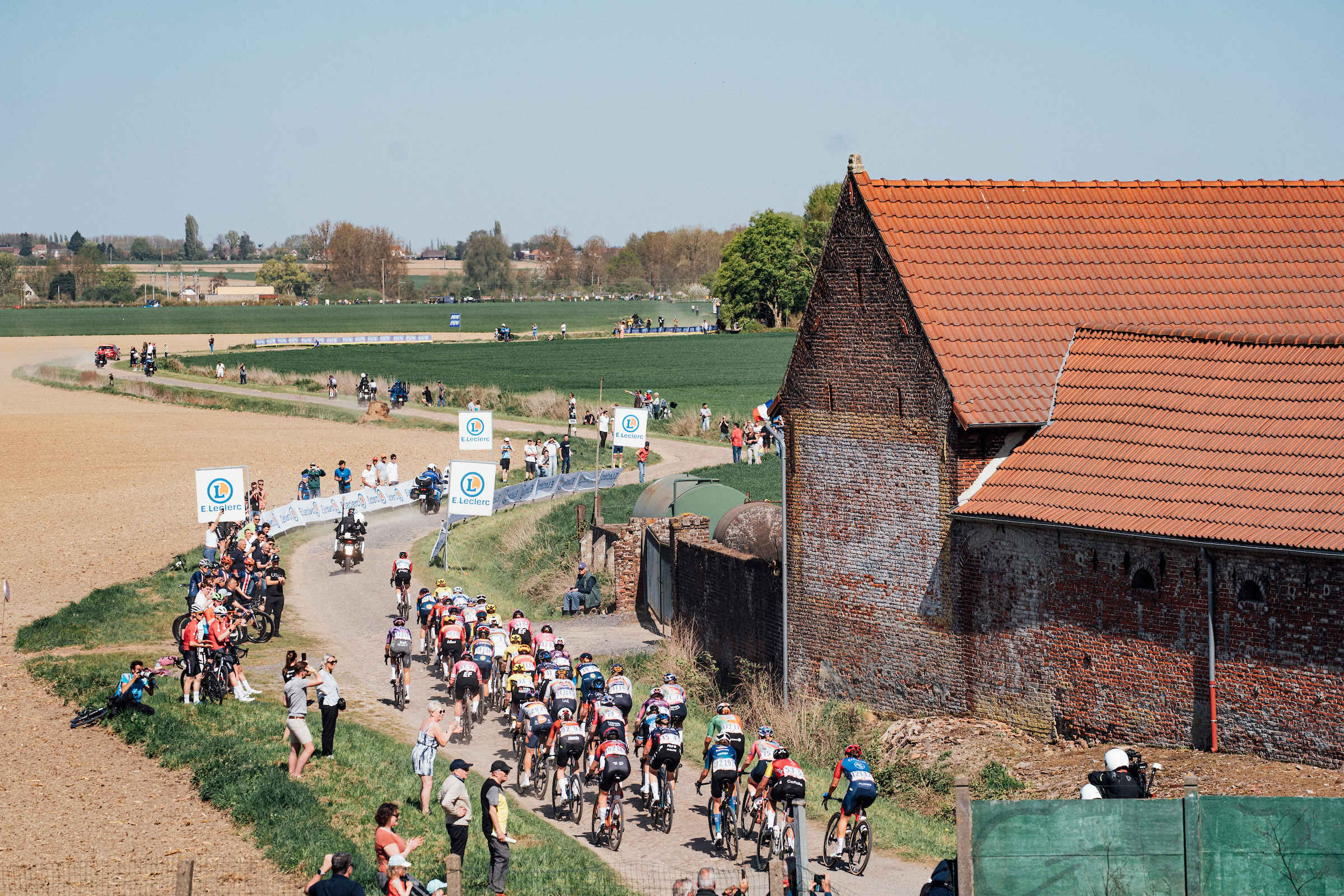 I went to Paris-Roubaix Femmes and was shocked at how it is still treated as secondary to the men’s race
I went to Paris-Roubaix Femmes and was shocked at how it is still treated as secondary to the men’s raceThe women’s version of the Hell of the North is five years old, but needs to be put more on equal footing with the men
By Adam Becket Published
-
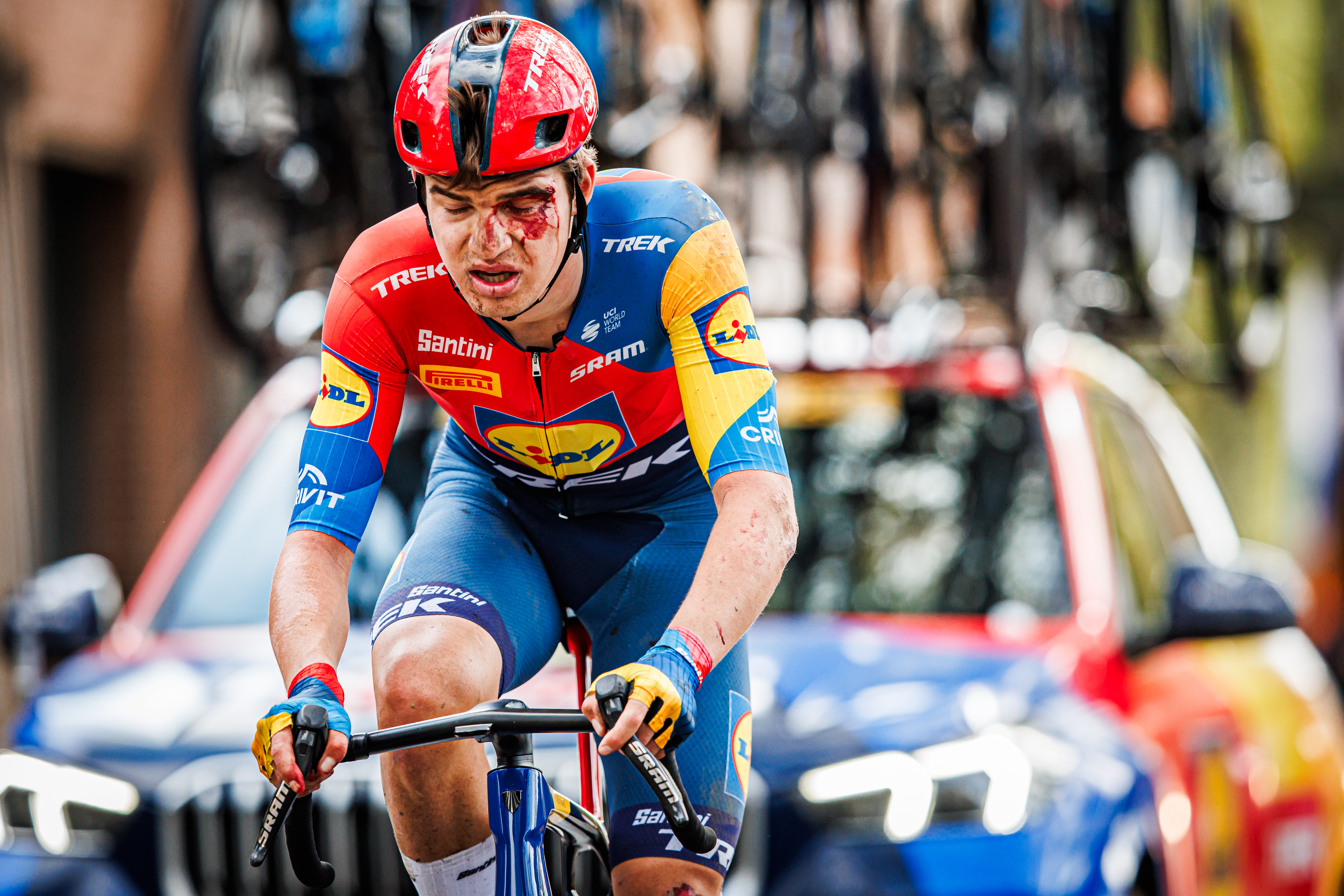 Broken hips, hands, and collarbones: Paris-Roubaix's lengthy injury list lays bare brutality of race
Broken hips, hands, and collarbones: Paris-Roubaix's lengthy injury list lays bare brutality of race"It probably wasn't the best idea to continue," says one of weekend's many wounded riders
By Tom Davidson Published